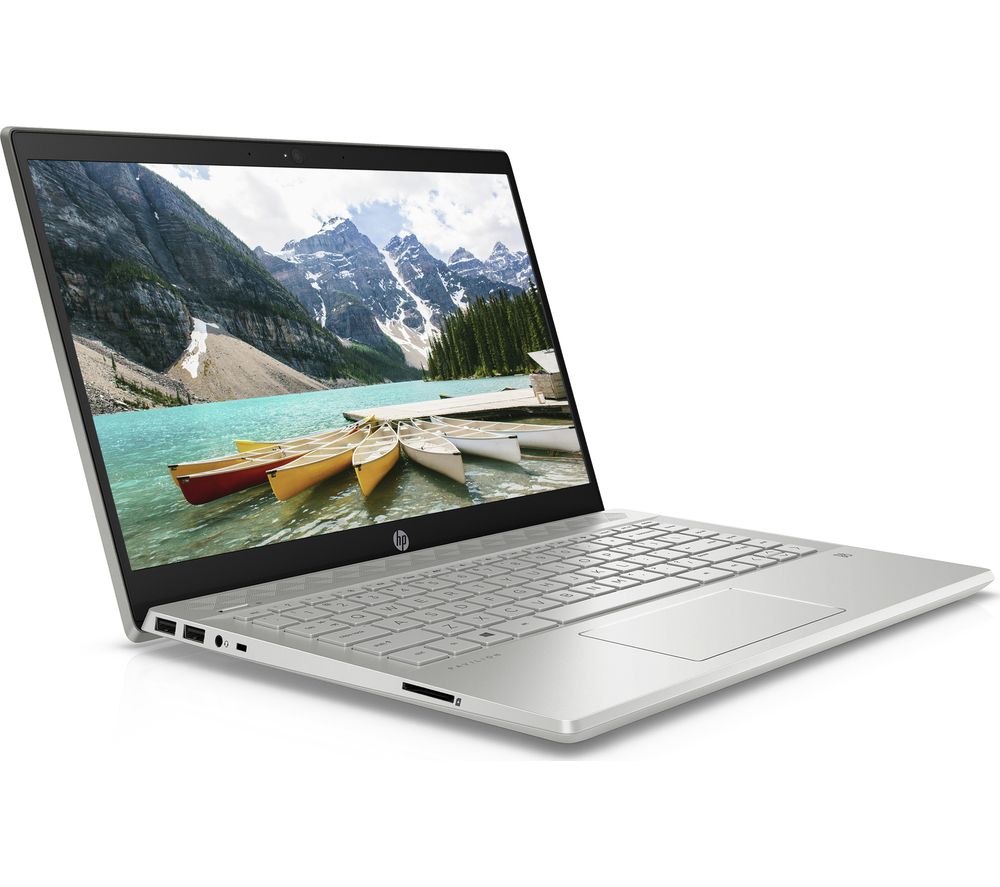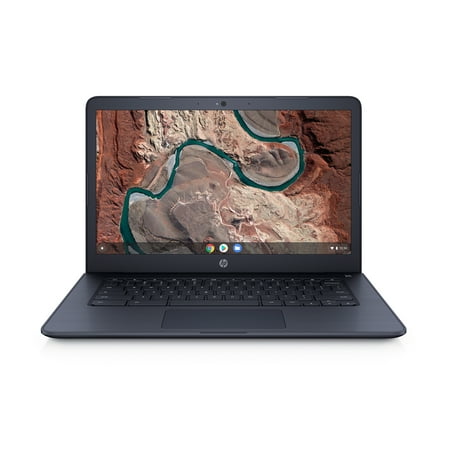HP Pavilion 14-ce3510sa 14″ Laptop – Intel® Core™ i5, 512 GB SSD, Silver
Intel® Core™ i5-1035G1 Processor. Memory: 8 GB RAM / 32 GB Intel® Optane™. Storage: 512 GB SSD
Full HD screen. Battery life: Up to 10.5 hours.
Whether you’re working on a project, binge-watching a boxset or browsing social media, the HP Pavilion 14-ce3510sa 14″ Laptop lets you do it all. Featuring an Intel® Core™ i5 processor and Intel® Optane™, it can easily handle your day-to-day tasks.
With an elevated keyboard and a smooth metal finish, it’s designed to keep you comfortable. The IPS display delivers vivid colours, sharp contrasts and wide viewing angles. And because the frame around the display is super thin, you’ll be able to view your media without distraction.
See your loved ones in crystal-clear detail with the HD webcam. The wide-angle lens lets you fit in the whole family.
Stay powered up
The HP Pavilion 14-ce3510sa has a super long battery life that lasts over 10 hours, so you’ll be able to get through the entire work day and still have some power left over.
And when you do get low on power, Fast Charge gives you a 50% charge in just 45 minutes.
Amazon Alexa
Typing and clicking is almost a thing of the past as Alexa’s skills grow. Manage your home, listen to music get your morning news without touching the keyboard.
Microsoft Office & internet security
If you use Word or PowerPoint all the time at work or school, you’ll probably want it on your laptop at home. Click on the Bundles tab above for a great deal on Microsoft Office. Want to protect yourself against viruses? We’ve got you covered with deals on internet security too.
Additional information
| Operating system | Windows 10 |
|---|---|
| Processor | – Intel® Core™ i5-1035G1 Processor |
| RAM | 8 GB DDR4 (2666 MHz) |
| Storage | 512 GB SSD |
| Intel Optane | 32 GB |
| Resolution | Full HD 1920 x 1080p |
| WiFi | – Dual-band AC WiFi |
| Ethernet | Gigabit Ethernet port |
| Bluetooth | Bluetooth 5.0 |
| USB | – USB Type-C x 1 |
| Video connections | HDMI x 1 |






by Jean
Ultra fast boot up.
Night mode is good for my eyes.
HDMI connection to my TV works seamlessly.
Track pad is great to use.
Good sound from speakers.
by Michael
Nice feel with decent size keys. Very sleek.
by Geraldine
Brightness and clarity of the screen.
Accessibility.
Keyboard really nice to use, I usually have an external keyboard, it haven’t needed to connect it to my laptop yet.
by Dale
Great size and easy to set up.